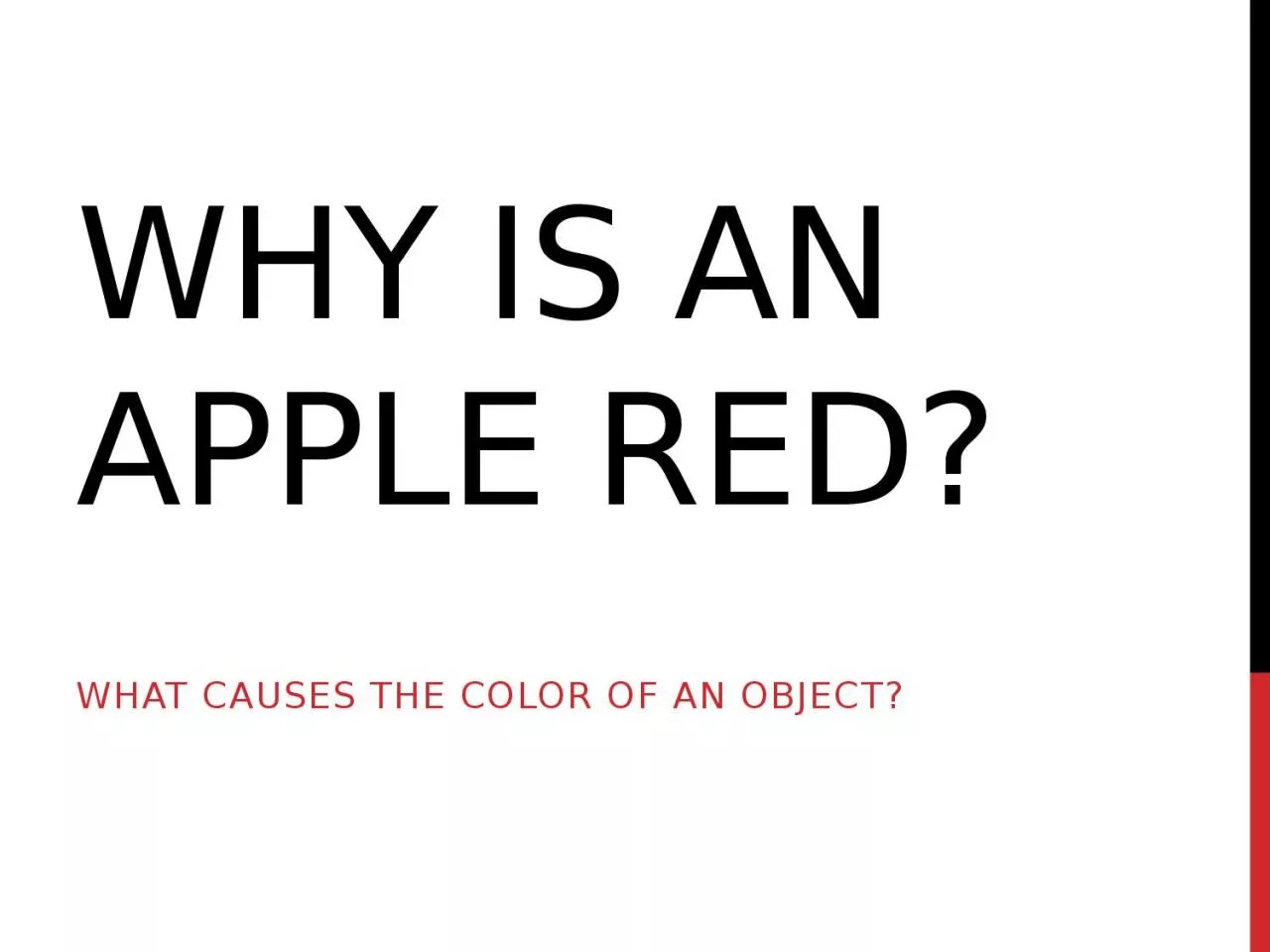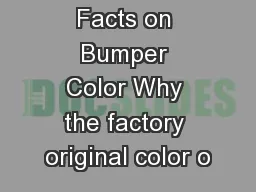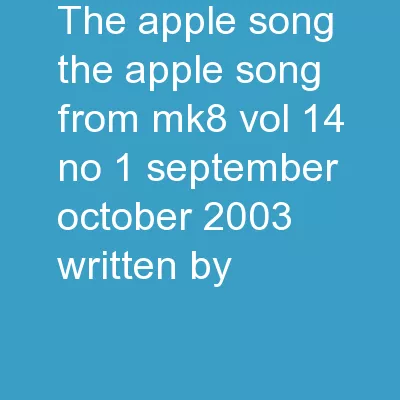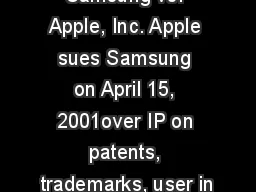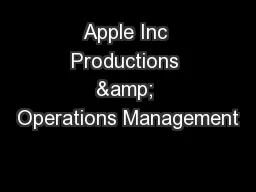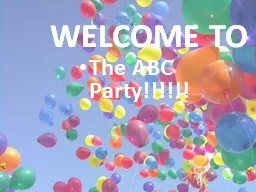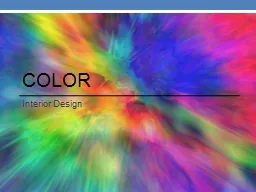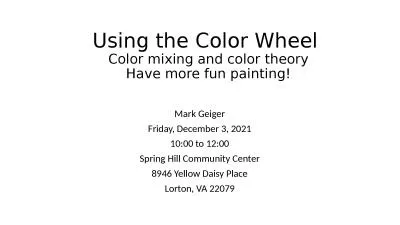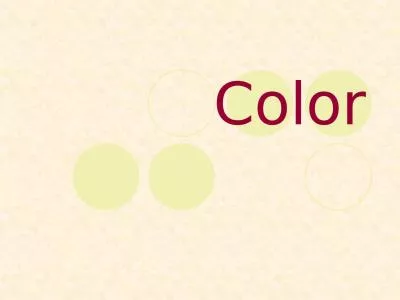PPT-Why is an apple red? What causes the color of an object?
Author : WiseWhale | Published Date : 2022-07-28
Introduction What causes the color of an object We see most objects because light bounces off them and then travels to our eyes This is called reflection Ask
Presentation Embed Code
Download Presentation
Download Presentation The PPT/PDF document "Why is an apple red? What causes the col..." is the property of its rightful owner. Permission is granted to download and print the materials on this website for personal, non-commercial use only, and to display it on your personal computer provided you do not modify the materials and that you retain all copyright notices contained in the materials. By downloading content from our website, you accept the terms of this agreement.
Why is an apple red? What causes the color of an object?: Transcript
Download Rules Of Document
"Why is an apple red? What causes the color of an object?"The content belongs to its owner. You may download and print it for personal use, without modification, and keep all copyright notices. By downloading, you agree to these terms.
Related Documents

